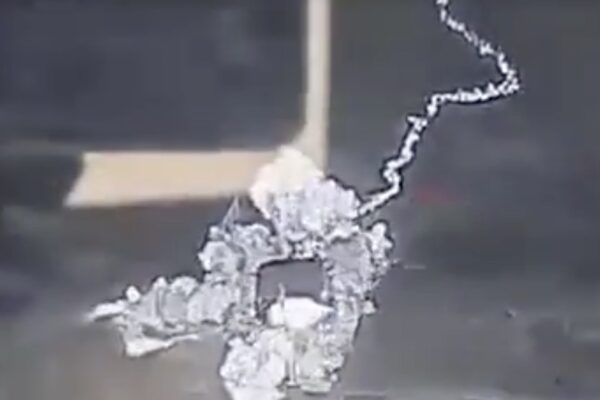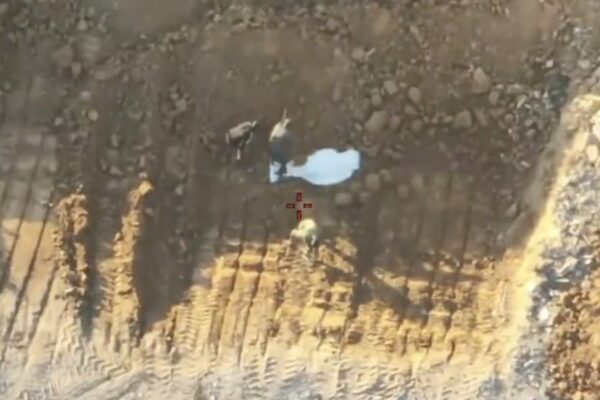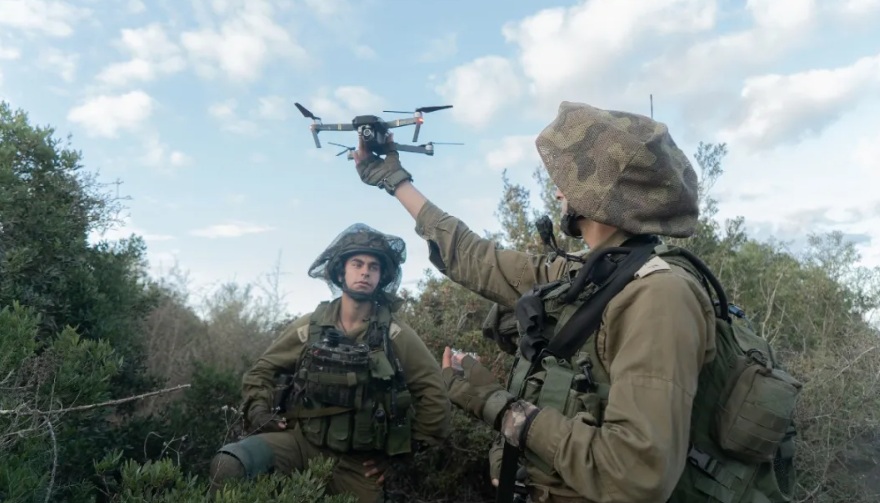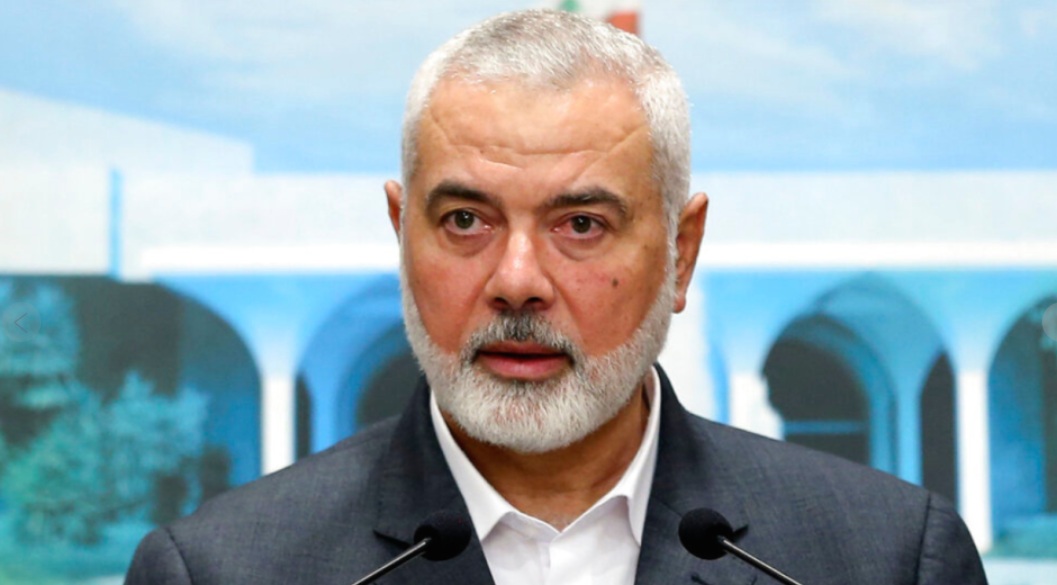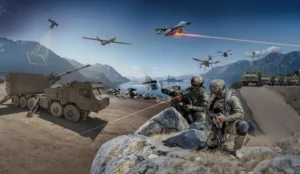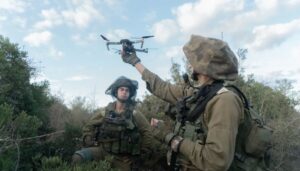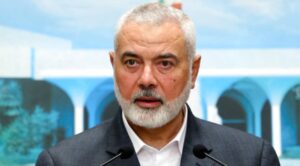In 2025 alone, IDF forces uncovered over 40 smuggling attempts along the northern border.
By Hezy Laing
Arms smuggling into Lebanon remains a persistent and strategic threat, with dozens of documented incidents in 2025 involving weapons transfers from Syria and Iran to Hezbollah.
IDF soldiers use advanced surveillance, intelligence, and tactical ambushes to intercept cross-border smugglers, particularly along the Syrian and Lebanese frontiers.
The most active smuggling routes are located near the Al-Arida crossing between Syria and Lebanon, where Hezbollah operatives transfer weapons, Iranian oil, and military equipment under cover of night.
On December 6, 2024, the IDF launched a targeted airstrike on the Arida Crossing, rendering it inoperable and disrupting Hezbollah’s logistics chain, according to Alma Research Center.
The IDF’s Combat Intelligence Collection Corps, in coordination with Unit 869 and elite reconnaissance teams, monitors these routes using drones, thermal cameras, and AI-assisted pattern recognition.
Smugglers often use mule convoys and civilian vehicles to avoid detection, prompting the IDF to deploy remote-controlled robots like RONI and aerial drones to scout terrain before launching ambushes.
In 2025 alone, IDF forces uncovered over 40 smuggling attempts along the northern border, seizing caches of RPGs, small arms, and encrypted communication devices.
The 401st Armored Brigade and the Egoz reconnaissance unit have played key roles in these operations, often lying in wait for hours in concealed positions before intercepting smugglers.
One notable ambush occurred in April 2025 near Metula, where IDF troops captured three Hezbollah operatives transporting Iranian-made Fajr-5 rockets.
The IDF estimates that its ambush tactics have prevented over 15 planned attacks on Israeli civilian targets since January 2024.
Major General Ori Gordin, head of the Northern Command, stated that “every intercepted shipment is a blow to Hezbollah’s operational capability and a win for Israeli security.”
The cost of maintaining these surveillance and ambush systems exceeds NIS 120 million annually, but defense officials argue the investment is justified by the lives saved and threats neutralized.
The IDF continues to refine its tactics, integrating AI and robotics to stay ahead of increasingly sophisticated smuggling networks.

























